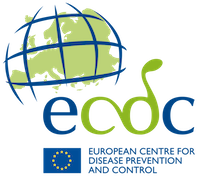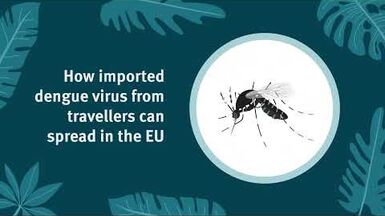Steady progress towards the elimination goal for measles and rubella but more needs to be done
On 23 November WHO Europe published the results from the 5th annual meeting of the European Regional Verification Commission for Measles and Rubella Elimination (RVC). The RVC examined the 2015 annual status updates submitted by the National Verification Committee in each European country and concluded that, of 53 Member States in the WHO European Region, 24 have so far achieved the measles elimination goal (three more than the previous year). The same number of countries were verified as having eliminated rubella (four more than the previous year). Elimination is defined by the interruption of endemic transmission for at least 36 consecutive months. In addition, 13 countries for measles and 11 for rubella were concluded to have interrupted endemic transmission for between 12 and 36 months, meaning they are on their way to achieving the elimination goal.
However, measles and rubella remain endemic in several European countries. ECDC’s latest surveillance data on measles and rubella representing the period September 2015 - August 2016 shows that 2 266 cases of measles were reported in this period, with the highest notification rates observed in Romania (27.9 cases per million population), Ireland (10.6) and Italy (10.6). In the same period, 1 571 cases of rubella were reported, with >90% coming from Poland.
Following the declaration of the elimination of rubella in 2015, the Americas became the first region in the world to be declared free of measles earlier this year. This provides an example and encouragement to European countries. On 12 November 2016, WHO reported a 79% worldwide decrease in deaths caused by measles between the years 2000 - 2015. Despite this, nearly 400 children still die from the disease every day.
In order to reach the elimination target for measles and rubella in Europe, population coverage of at least 95% with two doses of vaccine is essential and immunity gaps in susceptible pockets of the population must be closed. Pockets of unimmunised children among disadvantaged groups and vaccine sceptics are often implicated in larger outbreaks. Also, surveillance systems must be highly sensitive and geographically representative to ensure the timely and sufficient investigation and management of suspected cases.




